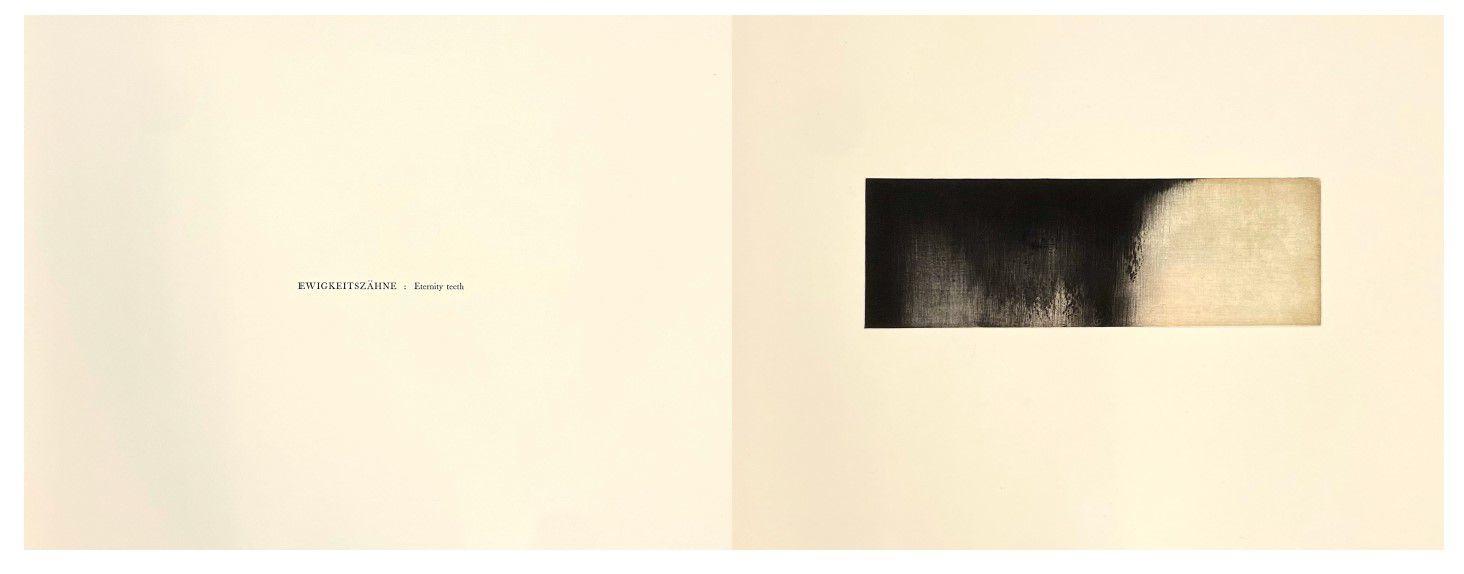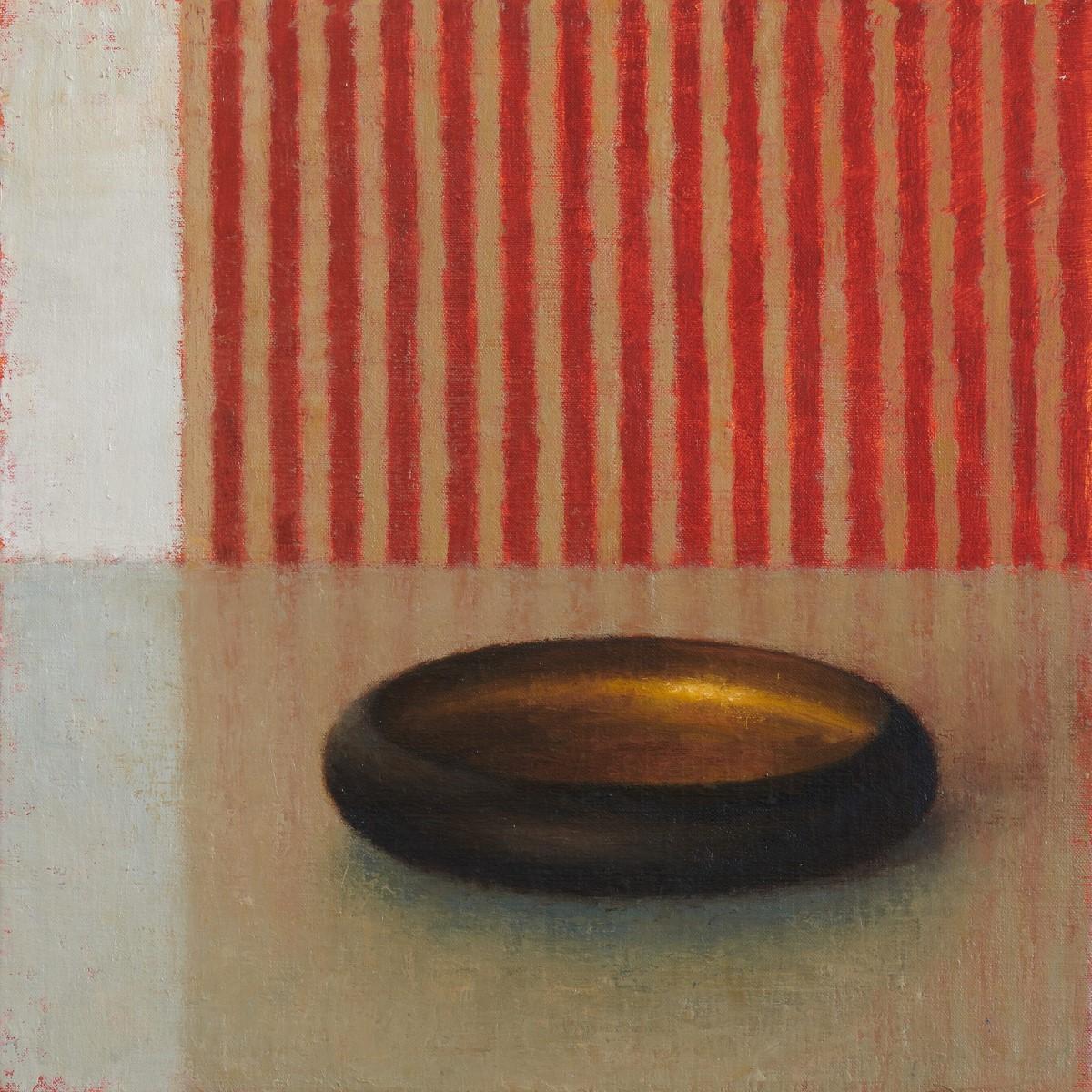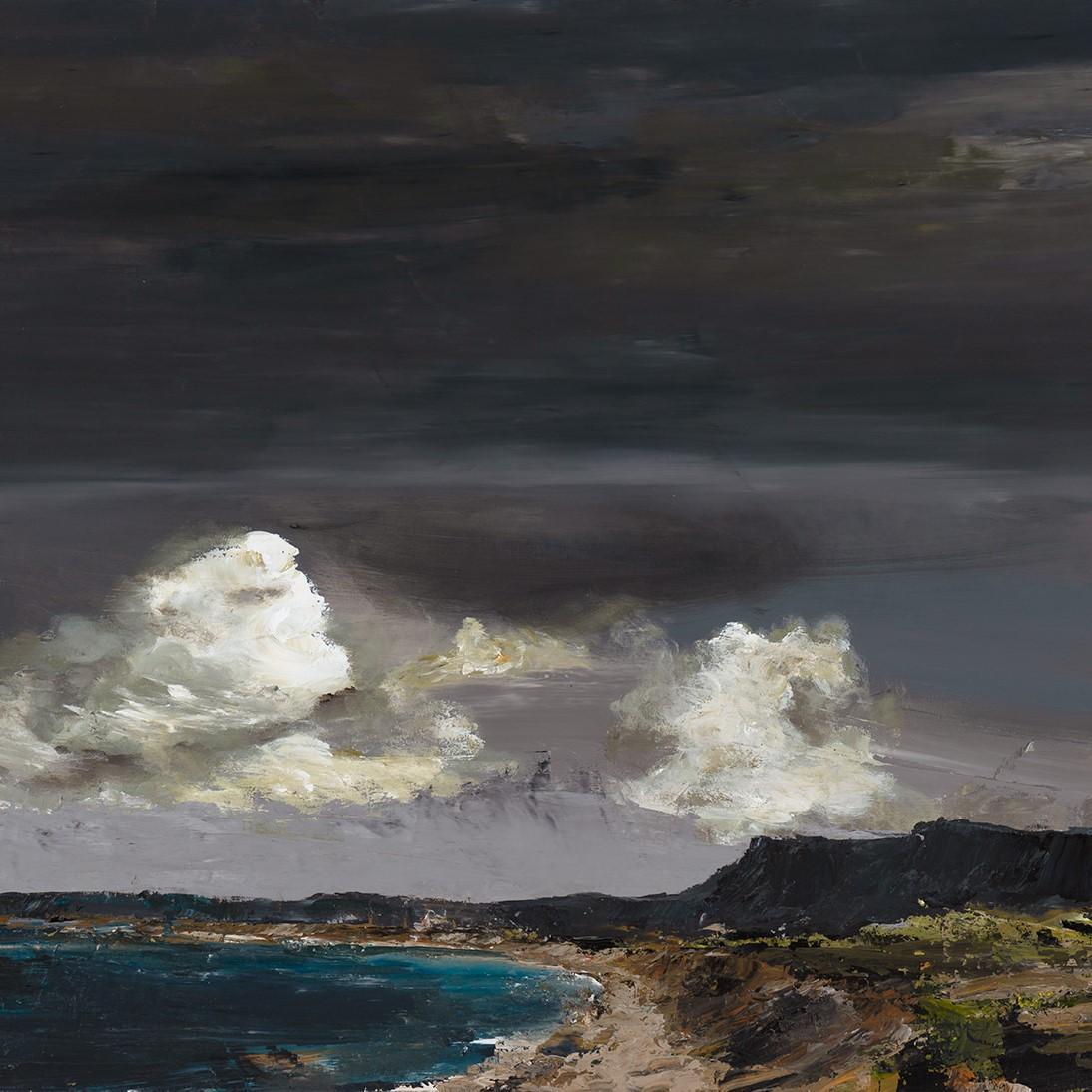
“The language with which I make my poems has nothing
to do with one spoken here, or anywhere.” – Paul Celan
The dislocation of language.
Painting can dislocate vision, dismantling the structures we fervently believe we depend on to make sense of our visual world.
Amidst this reorganisation of vision, new structures can emerge that invert the very architecture of sight, opening vision to its symbolic, interpretive and metaphorical potential, quelling its orthodox role as mere facilitator of depiction.
Poetry, in the hands of Paul Celan, ferociously dismembered language, and with it, deprived us of the calm, illusory narratives we prefer, those stories and rhythms that we use to sanitise remembrance.
Amidst this, at times, brutal treatment of language Celan achieved a new and uncomfortable sensate measure for words that simultaneously elevated and contaminated them. Cleaven, raw, alkaline – Celan’s language functions as a flagrant conspirator in the delivery of menace and indecency. Perhaps it is the uncomfortable synaesthesia that Celan’s poetry invites that makes it so alluring to artists – to painters more particularly. Paintings’ dependency on hidden dialects that dismantle syntax, offers us the opportunity to see with more than our eyes.
The best art disrobes before us rather than covering up. Shed of garments, the fragile beauty and deprivations of immodesty ought to save us from our very worst instincts, but in Celan’s barren landscape there is little communion, infrequent redemption and only faint hope.
These works assemble quietly in a room on the other side of the world – more than a lifetime away from the stained soil of Europe. Why here and why now? “No reason – Nothing, No-one.”
Exhibited artists include Jane Bustin, Sofie Muller, Niyaz Najafov, Gideon Rubin, Aida Tomescu, Gunter Umberg and Liat Yossifor.




